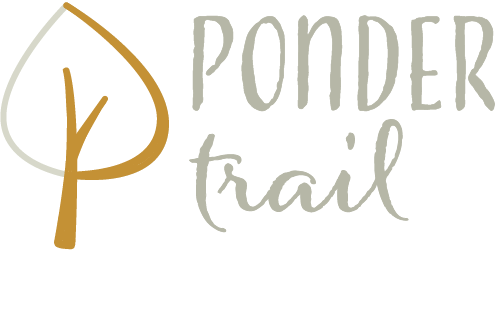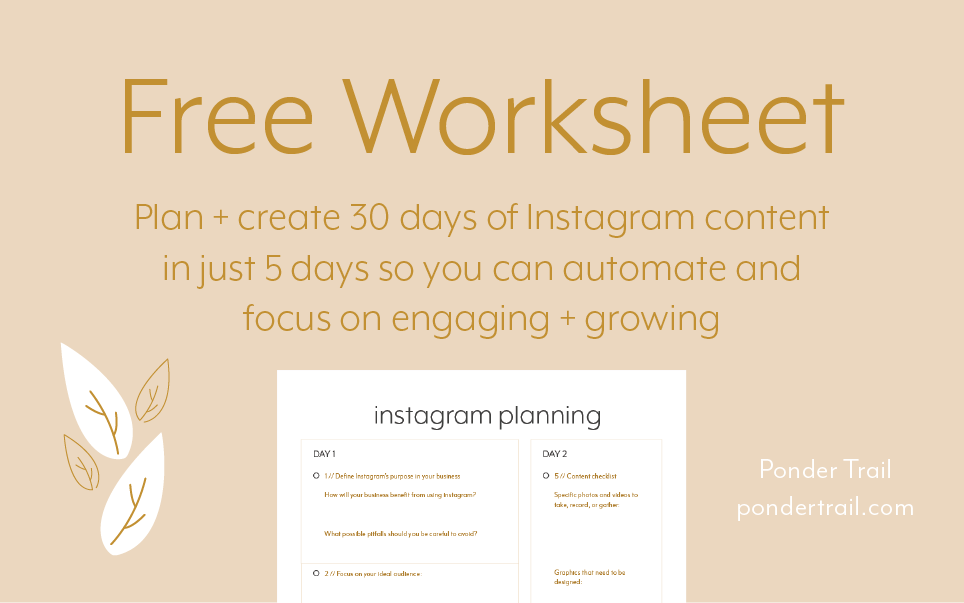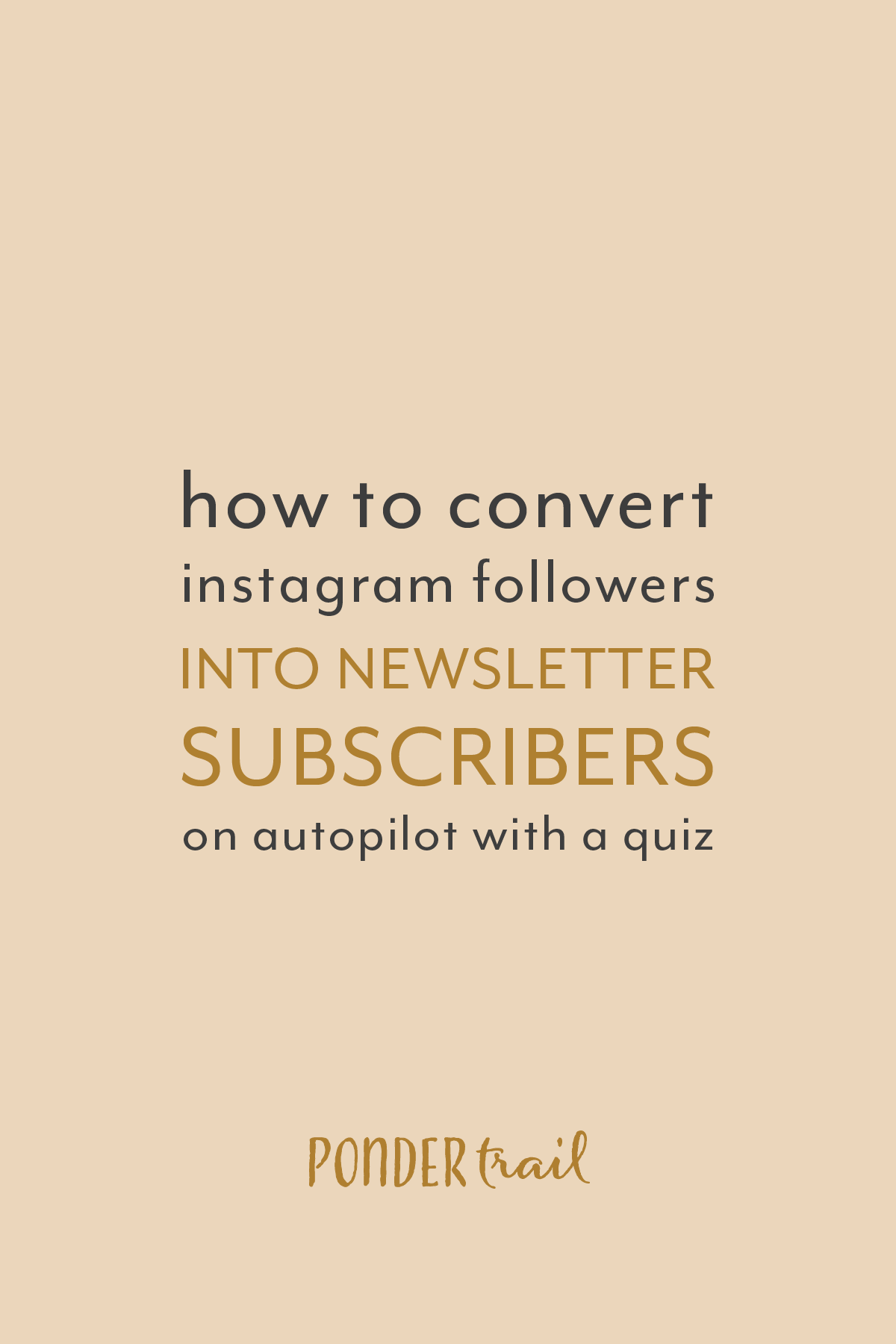17 Ways I’m Improving My Productivity this Quarter
Blog Pod Audio // Listen to the post
Do you ever find yourself struggling to make progress? With countless distractions and ways to wander from the path, it’s easy to fall behind.
The ability to work in a productive capacity can make or break any business. In fact, much of your success likely rests in this skill.
I’ve been focusing on maintaining its momentum over the past several months, and in this mega-packed blog post, I’ve rounded up 17 ways I’m improving my productivity this quarter.
I guarantee you’ll want to start implementing some of these strategies today!
1 // Keeping my business’s “why” and my overarching goals in sight
When faced with not-so-fun tasks, it’s easy to lose focus and interest, which makes productivity lax. The daily grind can wear down the excitement about a business, making it difficult to get things done.
To prevent falling into a rut or finding my work-drive in a lul, I keep my business’s “why” and my big goals in sight.
I write them on a piece of paper that lives at my desks so they’re always in sight. This simple note-to-self keeps me excited on a daily basis, so I work more quickly and get things done.
This practice also prevents me from jumping after each idea that comes to me—which can be a huge productivity tangent and doesn’t help me achieve my foundational goals.
The key is to
know exactly what you’re working towards and why
and keep it in sight at all times
2 // Utilizing my goal-planning system
I have a system for planning the entire year. Each quarter, I plan my larger quarterly goals and map them out into monthly and weekly segments. Then, I break down my goals into the little steps I need to do and check-off at each work session.
This process lets me know exactly what I need to be doing on a daily basis, and it helps me stay on track. This technique also creates a seamless transition from setting goals to working towards them, which is where people often get lost.
When every step is already laid out, I’m able to follow along their trail; it removes the guesswork and replaces it with easy-to-follow productivity.
Before I used this system, I regularly wasted time repeating the task of setting goals and figuring out how to reach them. But now, I’m able to use that time much more effectively: each day, I simply plug my next steps into my Daily Focus Sheet and get to work.
Get my workbook for setting, planning, and reaching your goals:
3 // Preparing for my work day the night before
At the end of my workday each evening, I take a few minutes to outline my goals and to-do’s for the next day. I use my Daily Focus Sheet to write my top 3 bigger tasks and any other notes I want to remember.
Since my mind is already in the work zone and focused on Ponder Trail, I’m less likely to lose sight of my quarterly plan, and I’m less likely to forget about something important.
This final step of my day lets me kick-start each morning with a refresher and an overview—rather than with a decision about what to do next.
4 // Focusing each day at the start
Similar to ending my day on a productive note, I also begin it by taking a little time to focus and flesh out the details. This step is key if I want to avoid wasting time with unimportant tasks and instead work on what my business needs most.
Using my Daily Focus Sheet and my outline from the previous day, I list the individual steps that make up each goal. It’s important for me to be able to visualize every little task so I can “see” the entire picture of what my day will look like. It gets my tasks into my brain more, which makes my day more streamlined.
If you are a visual learner or worker, this will definitely benefit you!
I also find it helpful to mark off progress throughout the day. Each time I check something off, I feel a bit more motivated to continue working hard, and writing out each small step gives me more tasks to accomplish.
5 // Setting + sticking to office hours
Utilizing office hours (and sticking to them) makes all the difference with productivity. I work best when I have a set schedule for getting things done in my business. I also like having a planned time for breaks and for finishing my workday.
I’ve been making it a habit to stay focused on work when I’m in my work zone. It’s so easy for my mind to wander when I sit down at my desk. Sometimes, I get distracted before I even have a chance to begin. (Have you ever experienced this, too?)
But lately, I’ve been working extra hard to stay productive. I’m able to accomplish so much more by being intentional about my work hours and schedule.
6 // Sticking to one task at a time
Holding back from the urge to jump from task to task has been a HUGE time-saver.
Sticking to performing tasks one at a time is so essential for maintaining productivity. While this helpful habit takes an intentional pursuit to grow, I’m not sure that a business can reach its potential without it.
I have a space on my Daily Focus Sheet where I jot down little reminders when they pop into my head. This lets me revisit them later and prevents me from worrying about forgetting them in the meantime.
7 // Making decisions more quickly
The perfectionist in me often has a hard time making decisions because I’m afraid I won’t make the best or “most perfect” decision.
But when I leave the decision to linger and become a roadblock again for another day, it becomes a cycle that prevents me from making progress. This is extremely paralyzing for any business.
So when I catch myself putting off a decision, I simply decide as best as I can in that moment and then move onto the next thing. It is so liberating to burst past analysis paralysis and to get to tasks that have been waiting on hold.
8 // Practicing the “Do it Now” Rule
Similar to decision-making, I’ve also increased my productivity by completing those pesky little tasks that I tend to put off.
You know those little tasks that get put aside because they feel like an interruption to your workday’s flow or take a few steps to complete? And until they’re completed, they prevent you from doing 3 other things?
Usually, they are quick and easy to knock out of the way, but for some reason, they are put off. Again. And again.
But once you do complete them, it’s like a breath of fresh air and you wonder why you didn’t do them sooner?
Yep, those pesky tasks.
Well, I’ve been making it a habit to knock them out, and it’s been weight-lifting to get them out of the way. It’s so freeing to finally check them off. Plus, I don’t have to write the same carry-over things on my to-do list for days on end.
9 // Playing beat the clock with bigger projects
It’s always encouraging to complete a task or a project within its allotted time, and it’s often necessary, too.
I create and follow a workflow schedule everyday for my tasks, but sometimes it’s difficult to complete longer tasks as quickly as I had hoped.
For most people, this is because it’s easier to become distracted during longer periods of time or because we don’t always notice when we slow down our pace.
To help me fit my longer tasks—like writing Blog Posts—into their scheduled time limits, I use a timer to remind me to keep working quickly and to add a little pressure. I love staying on track and beating the clock, so this motivates me to pick up the pace, increase my effort, and stay focused to finish as soon as I can.
This has been a huge game-changer on a daily basis for my business.
10 // Giving myself fewer hours to complete work
During a week when I was feeling a bit distracted while trying to work, I tracked my time and tasks. I totaled the time that I actually spent working, and it was significantly less than my entire “workday.”
So I decided to only give myself half of the number of hours to work the next day. The time pressure pushed me to fill up that time with lots of productive and intentional work because it left no room for lollygagging.
In fact, Parkinson’s Law states, “Work expands so as to fill the time available for its completion.” With this tendency in mind, I give myself less time and fill it to the brim with productivity instead of working at a slower pace over a longer period.
11 // Being intentional with my breaks
I plan out my breaks each morning when I nail down my focus and workflow for the day.
Because I love every minute of working on Ponder Trail, my breaks tend to be on the shorter side. But if I don’t prepare for them, they can easily become longer than anticipated.
For example, if I have no idea what I will eat for lunch, it’s easy to end up taking a long time to figure out what to make, make it, and then eat. But if I know what I will eat ahead of time, it helps to ensure I stay within my break limit.
So I always put a bit of forethought into the personal tasks that take place within an allotted break time.
12 // Being proactive with little moments
When I have a few minutes extra in between tasks, I try to use them wisely.
Rather than hopping onto social media if I finish something earlier than expected, I knock out a task or two from my list of quick, one-step to-do’s. It helps me check-off small items on my list so I have less of them to do at the end of the day.
I also make it a practice to get straight to work when I have a short amount of time to spend on my business. Instead of waiting until I have a day that is completely reserved for work, I take advantage of the mornings or afternoons on busy errand-filled days, too. It’s amazing how much 30-minute sprints add up to at the end of the week!
13 // Batching tasks
Just like utilizing little minutes to make progress, I also schedule large chunks of time to be more efficient.
Tasks that have a lot of small steps are best tackled in bulk. Overall, batching them saves time because it cuts out the repetitive actions that add up over time.
For example, posting a photo and caption to instagram requires a lot of little steps to work through. So instead of creating an instagram post from scratch everyday, I create them in larger batches.
There are many other tasks that I batch to save time, too . . .
Setting goals and planning each quarter and month
Planning new blog post and Ponderstream content
Outlining newsletter content
Designing blog post graphics
Responding to emails
Taking photos for my brand’s photography stock
And creating and scheduling social media
14 // Planning social media in advance
In particular, I find Instagram to be the most difficult social media to keep up with. From taking a photo; to making sure it will look balanced on the grid; to writing an engaging, meaningful caption; to coming up with 30 hashtags; there’s a lot that goes into one little post.
Planning it ahead of time and getting it all scheduled and ready to go is the only way I’m able to function when it comes to instagram. There were times when I would spend well over an hour to work through all of those steps before I hit “publish.” It was draining and discouraging, and it didn’t get me anywhere.
Since I prefer to lay out and write my posts on my computer, I use Plannoly for managing my Instagram posts. It also works with my phone, too, so I am able to upload photos from wherever is most convenient. This is helpful since I take some photos with my camera and some with my phone. Gone are the dreaded days of trying to get every photo onto my phone just to post to Instagram!
I use the free version of Plannoly, and while it does have some limitations (you can only upload 30 posts each month), it does the trick and is by far my favorite software to use.
This method can be applied to any and all social media, too. My current favorite planning apps that handle multiple social medias are Meet Edgar and Buffer.
Plan + create 1 month of Instagram content in just 5 days!
15 // Keeping a minimal, tidy, intentional workspace
A tidy and organized workspace is vital to maintain focus and productivity.
Minimal clutter lets my mind focus much easier. And the designer in me loves being in an aesthetically pleasing environment when I’m trying to get things done.
I only keep the necessities at my desk like my computer, Focus Sheet, sketchbook, and notebooks. The simplicity paired with spending a few minutes tidying up each evening makes it a cinch to maintain.
Without the need to move piles of paper and stuff around before getting to work, I’m pretty much set to tackle my to-do list from the moment I walk into my office each day.
16 // Having everything where I need it from the start
To take my work-zone productivity a step farther, I keep everything I need within reach.
I like to have a glass of water or a cup of tea close by when I work. Instead of interrupting myself to go grab a drink when I get thirsty, I prepare it ahead of time so it’s already there at my desk.
With just a little bit of forethought, I’m able to remain on task and disruption-free.
I keep passwords, notes, calendars, etc. nearby—all those pesky little things I will probably need at some point in my day. I don’t give them the chance to become a distraction by staying one step ahead of them instead.
Since I have them figured out by now, I maintain a list of those things in my head. But if you are just getting started with this strategy, write down things when they do interrupt you so you’ll know what to have on hand when you go to begin work.
17 // Reminding myself of what I want more.
When I’m tempted to take a break or have a slow start, I remind myself of what I want more.
I want to reach my goals more than I want an extra 30 minutes of sleep.
I want to publish my next step-by-step blog post more than I want to mindlessly browse social media.
I want to prepare for my upcoming Ponderstream show more than I want to watch a show on Netflix.
Similar to keeping my business “why” and goals in sight, I remind myself of why I actually want to do the work in that moment. I helps convince myself to get to work on days when I’m not feeling up to it. And it’s one of the best ways to stay motivated and productive on a daily basis.
This strategy helped me start Ponder Trail back when I was getting up at 4:30 am each morning. It felt painful then, but now, I sure am glad I reminded myself of what I wanted more.
I hope you gained some insight on productivity from this blog post. I’d love to hear from you, too! What are some ways you stay productive in your business? Let me know by leaving a comment below!



















